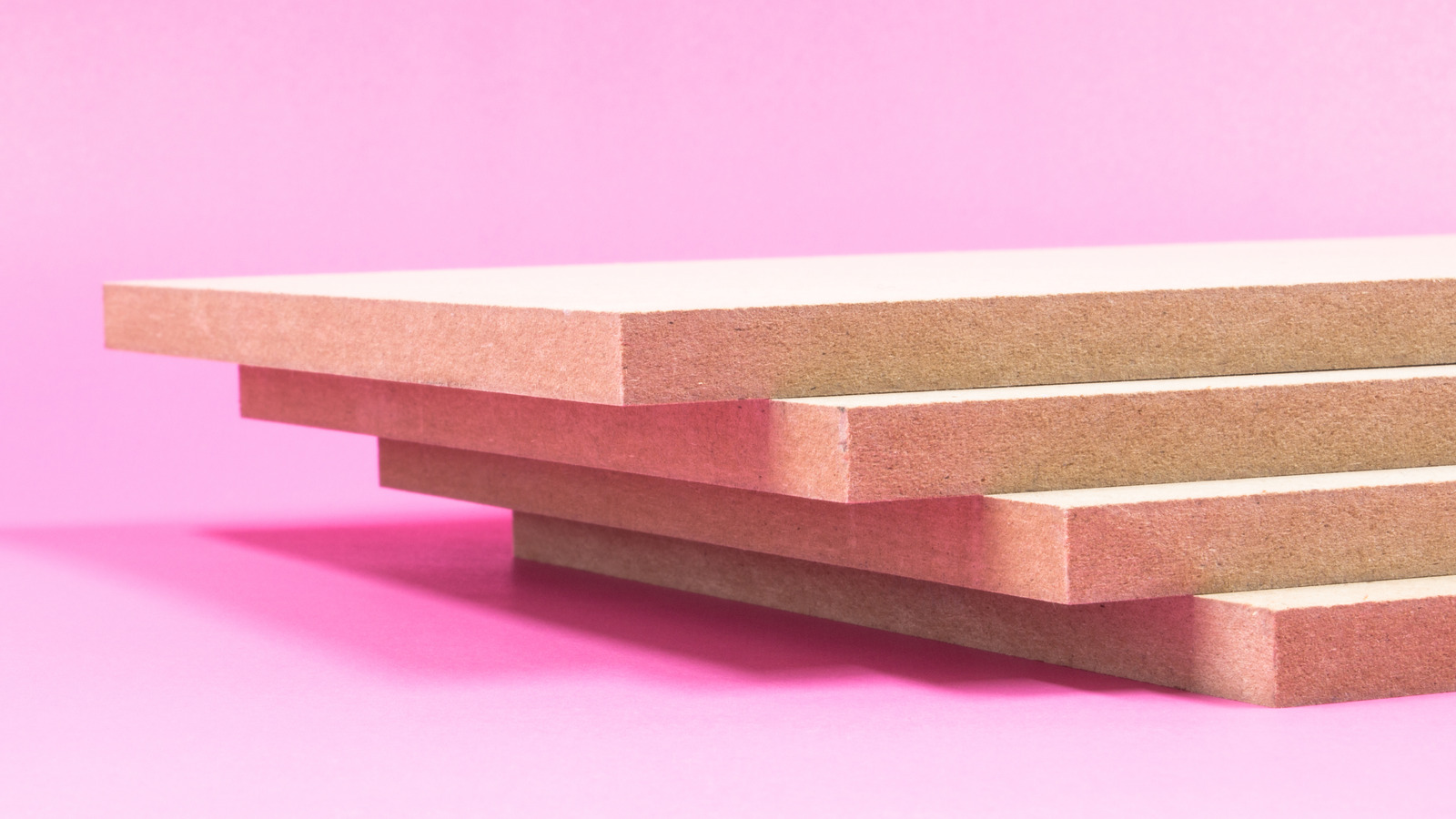Environmental Considerations and Sustainability: Mdf Vs Wood Cabinets

Choosing between MDF and wood cabinets involves considering their environmental impact. Both materials have their own advantages and disadvantages, and understanding these can help make an informed decision.
Environmental Impact of MDF Production
MDF, or Medium-Density Fibreboard, is an engineered wood product made from wood fibres that are bonded together with resin. The production process involves several steps, each contributing to its environmental impact.
- Deforestation: MDF production requires significant amounts of wood, contributing to deforestation and habitat loss. While some manufacturers use recycled wood, the majority rely on virgin timber, leading to environmental concerns.
- Energy Consumption: The manufacturing process requires substantial energy for wood harvesting, transportation, processing, and resin production. This contributes to greenhouse gas emissions.
- Waste Generation: MDF production generates significant waste, including sawdust, wood chips, and manufacturing byproducts. Proper waste management and recycling are crucial to minimize the environmental impact.
- Formaldehyde Emissions: MDF often contains formaldehyde, a volatile organic compound (VOC) that can contribute to indoor air pollution. Formaldehyde can be released during manufacturing and throughout the lifespan of the product.
Environmental Impact of Wood Production
Solid wood cabinets, while considered a natural material, also have an environmental impact.
- Deforestation: The use of virgin timber for wood cabinets can contribute to deforestation, particularly in regions with unsustainable logging practices.
- Energy Consumption: The production of solid wood cabinets involves energy consumption for harvesting, transportation, milling, and finishing.
- Waste Generation: Woodworking processes generate sawdust and wood scraps, requiring proper disposal or recycling.
Sustainability of MDF and Wood Cabinets
The sustainability of MDF and wood cabinets depends on various factors, including sourcing practices, recyclability, and longevity.
- Sourcing Practices: Choosing cabinets made from sustainably sourced wood or recycled materials can significantly reduce the environmental impact. Look for certifications like Forest Stewardship Council (FSC) or Programme for the Endorsement of Forest Certification (PEFC) for wood products.
- Recyclability: MDF is generally not recyclable, while solid wood can be reused or recycled. However, the recycling process for wood can be complex and may not always be feasible.
- Longevity: Both MDF and wood cabinets can have a long lifespan if properly cared for. Choosing durable materials and quality construction can contribute to a longer lifespan and reduce the need for replacement.
Solutions to Minimize the Environmental Footprint, Mdf vs wood cabinets
Several strategies can minimize the environmental impact of cabinet production:
- Sustainable Forestry Practices: Promoting sustainable forestry practices, including responsible logging, reforestation, and forest conservation, can reduce the environmental impact of wood-based products.
- Use of Recycled Materials: Utilizing recycled wood, plastic, or other materials in cabinet production can reduce the demand for virgin resources.
- Energy Efficiency: Implementing energy-efficient manufacturing processes, such as using renewable energy sources and reducing energy consumption, can lower greenhouse gas emissions.
- Formaldehyde-Free MDF: Choosing formaldehyde-free MDF options or cabinets made from alternative materials can reduce indoor air pollution.
- Proper Waste Management: Implementing effective waste management practices, including recycling, composting, and reducing waste generation, can minimize the environmental impact.
